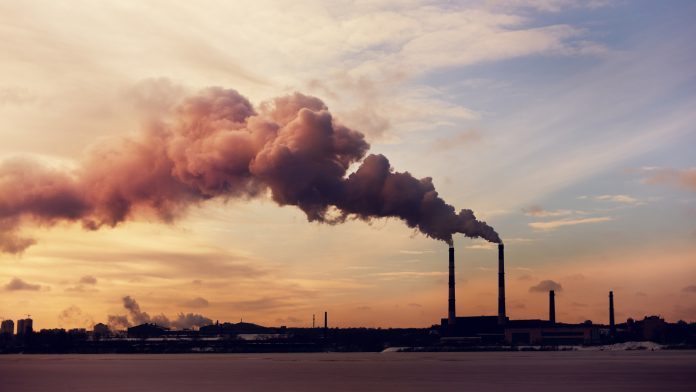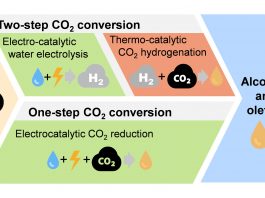A new study has divulged a novel method for turning CO2 into a precious industrial material called silicon carbide (SiC), turning greenhouse gas emissions into economic resources.
The research, published in the journal RSC Advances, was conducted by scientists from the Salk Institute. They managed to convert tobacco and corn husks to SiC – an extremely versatile material used in ceramics, sandpaper, semiconductors and LEDs, potentially helping to mitigate the effects of the exponentially rising levels of CO2.
A large portion of our planet’s CO2 is repurposed by plants; however, when plants die, they release the carbon back into the atmosphere through decomposition, meaning this innovative strategy proposed by the scientists could significantly reduce our emissions by cutting out this release process.
Professor Joseph Noel, the corresponding author of the study, said: “The study offers a very careful accounting for how you make this valuable substance and how many atoms of carbon you’ve pulled out of the atmosphere. And with that number, you can start to extrapolate what role plants could play in mitigating greenhouse gases while also converting an industrial byproduct, CO2, into valuable materials by using natural systems like photosynthesis.”
The team used a three-step process of counting carbon to transform the plant material into SiC. Firstly, the team grew tobacco, then froze and ground the harvested plants into a fine powder, treating it with chemical, one of which was a compound that contained silicon. The final stage was to expose the powdered plants to petrification to create the SiC, heating the material to 1600°C to do so.
Suzanne Thomas, the first author of the study, said: “The rewarding part was that we were able to demonstrate how much carbon can be sequestered from agricultural waste products like corn husks while producing a valuable, green material typically produced from fossil fuels.”
Through a comprehensive analysis of the plant powders, the researchers identified a 50,000-fold increase in sequestered carbon from seed to lab-grown plant, signifying that the plant is highly efficient at obtaining atmospheric carbon. Some carbon is lost during the petrification process but still preserves around 14% of it.
The team evaluated that it would require 177 kW/h of energy to produce 1.8 grams of SiC, with the majority of this being utilised in the petrification stage – meaning the energy costs for such a process are high, with the team optimistic that future technologies can help to bring this price down.
“This is a step towards making SiC in an environmentally responsible approach,” says co-corresponding author James La Clair.









